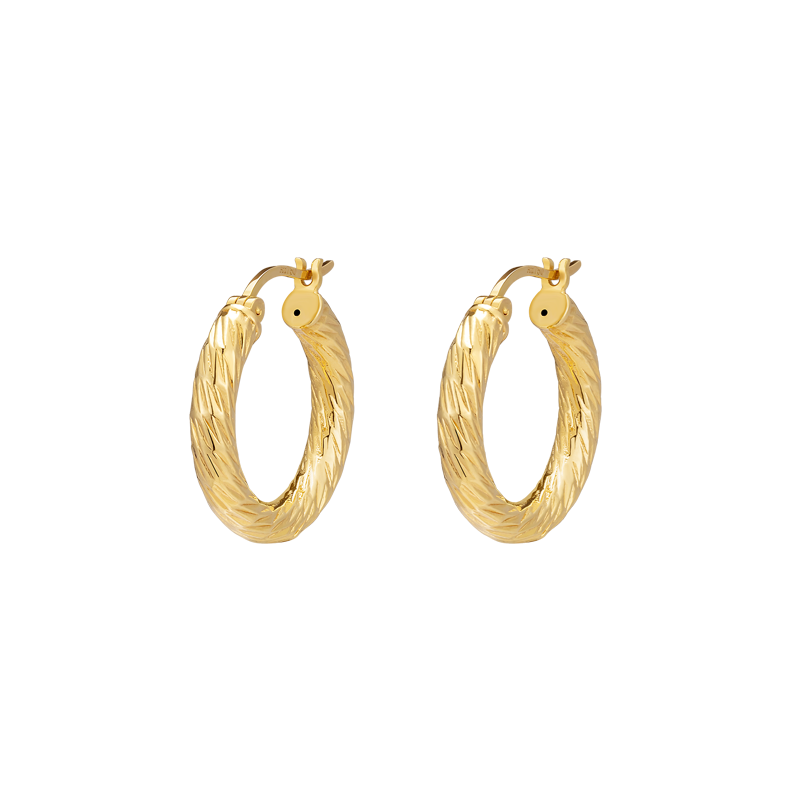Exploring the Allure of Keshi Pearls: What do you know about Keshi Pearls?

Keshi pearls, or ケシ in Japanese, historically referred to very small-sized natural pearls, particularly the rare Akoya natural pearls collected in Japan. However, over time, the term "keshi" has evolved and is now used as a trade name for the nacreous non-bead saltwater cultured pearls. These pearls form accidentally or intentionally inside pearl-producing molluscs as a by-product of the classic seeding or grafting process.

The first reported cultured keshi pearls were associated with the emerging Akoya cultured pearl farming in Japan in the early 20th century. Today, keshi pearls are found not only in Akoya cultured pearl farming, but also in other nacreous pearl-producing mollusks such as South Sea and Tahitian varieties.

These rare nacreous biogenic gems are discovered in very small quantities each year, adding to their allure and desirability in the world of pearl jewelry. They are now celebrated for their organic and irregular shapes, making each piece truly unique.

In the realm of jewelry, Keshi pearls are a captivating choice, especially when paired with 18K gold. The combination of Keshi pearls with 18K gold allows for striking contrasts, highlighting the lustrous and iridescent nature of the pearls against the warm, rich tones of the gold. The use of Keshi pearls in jewelry design adds an element of natural elegance, embracing the irregularity and individuality of each pearl to create pieces that are truly one-of-a-kind.

Whether adorning earrings, necklaces, or bracelets, the use of Keshi pearls in conjunction with 18K gold results in pieces that exude understated luxury and timeless sophistication. This pairing provides a harmonious balance between the organic beauty of the pearls and the luxurious appeal of 18K gold, making Keshi pearl jewelry a coveted choice for those seeking a touch of nature's artistry in their adornments.












